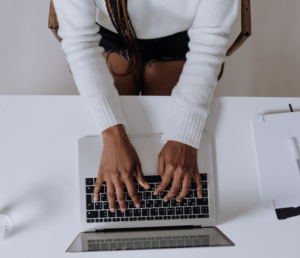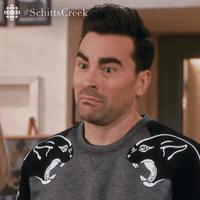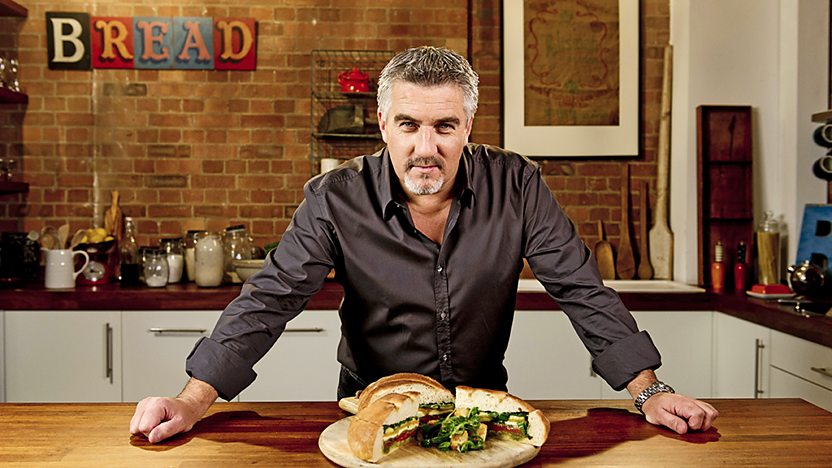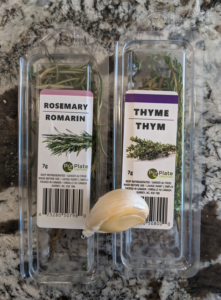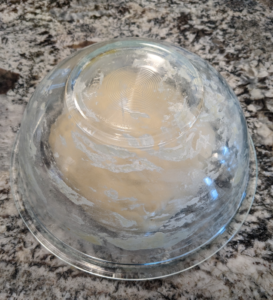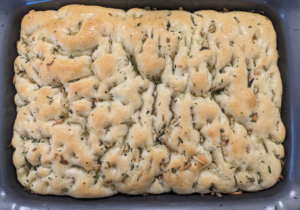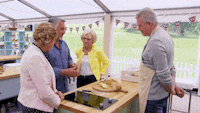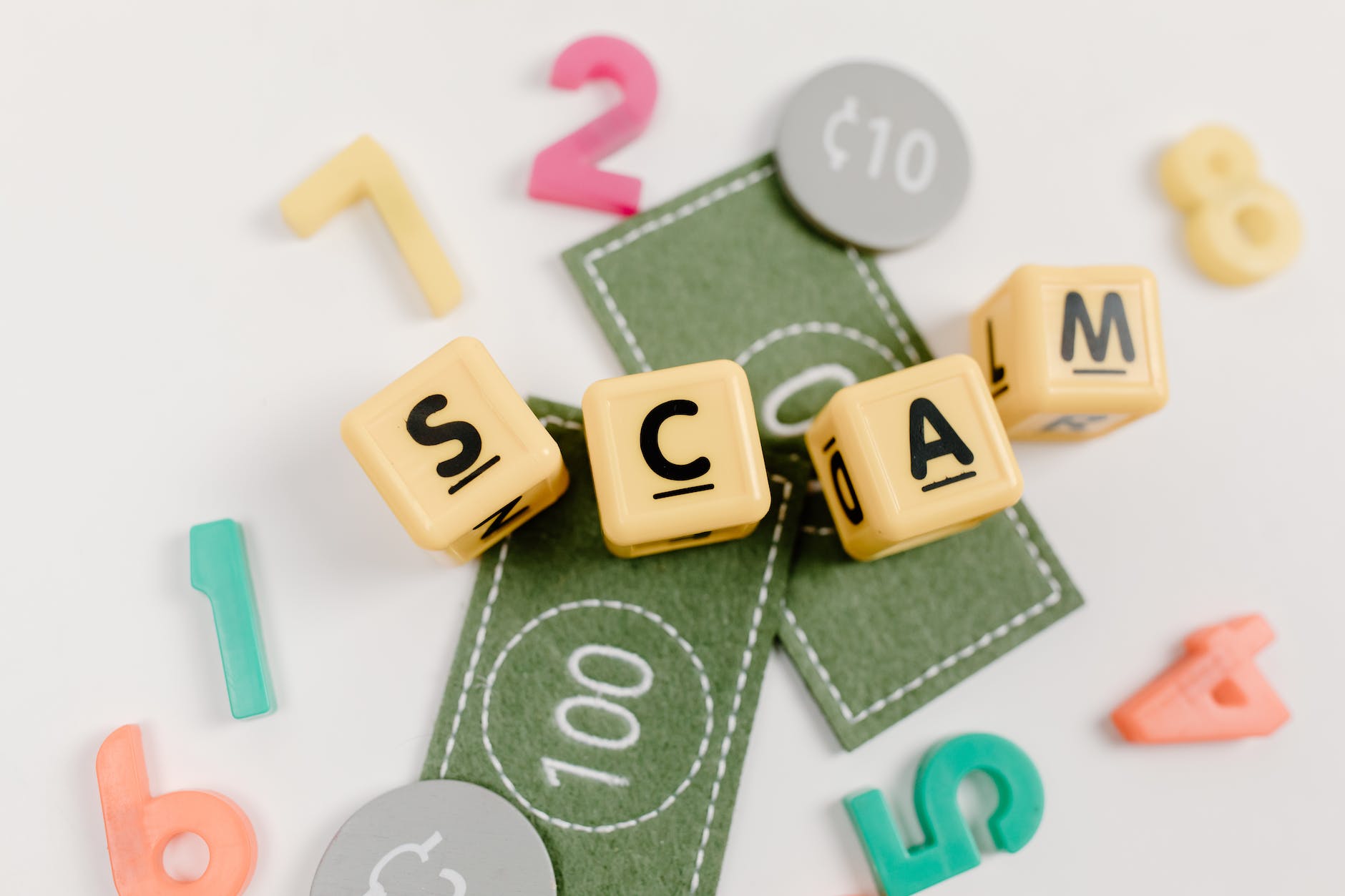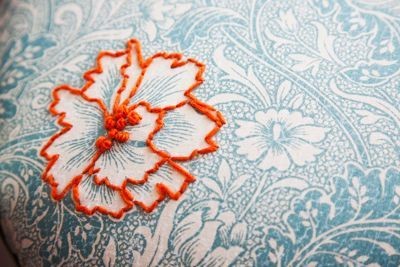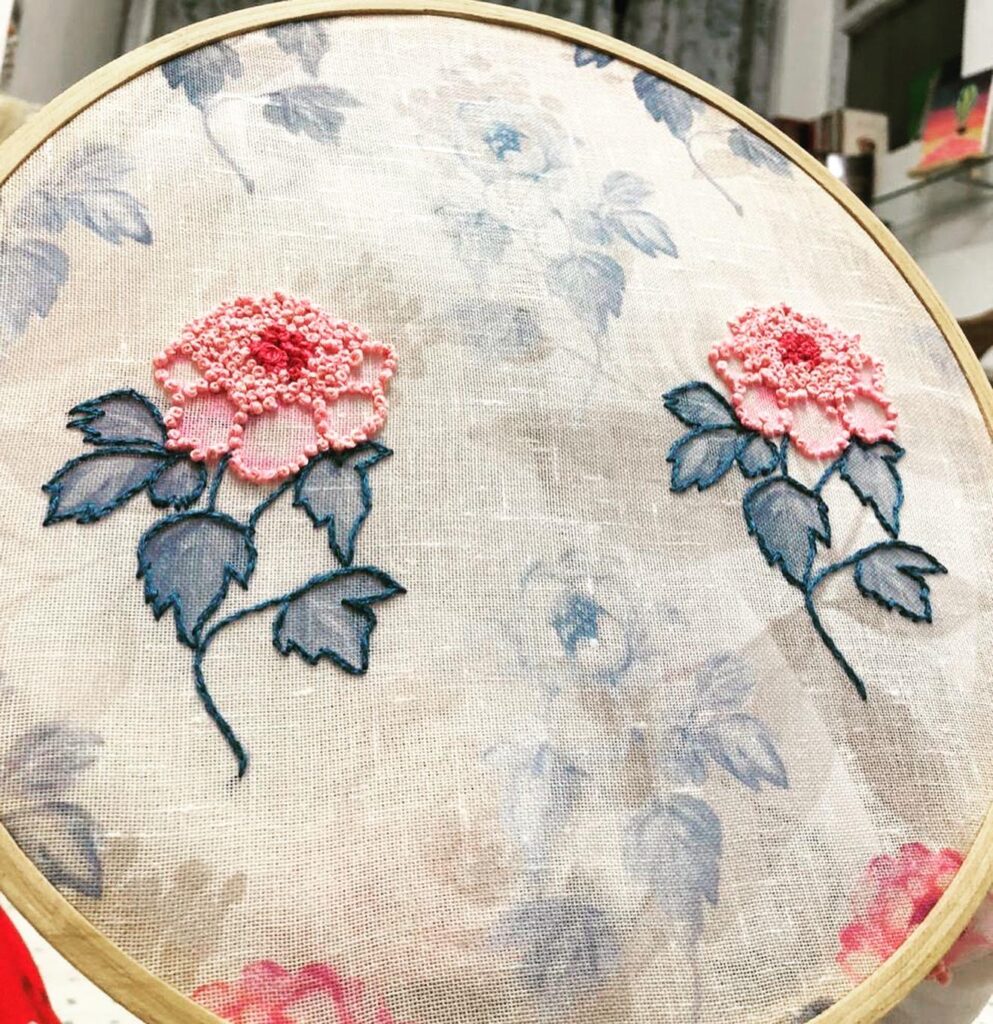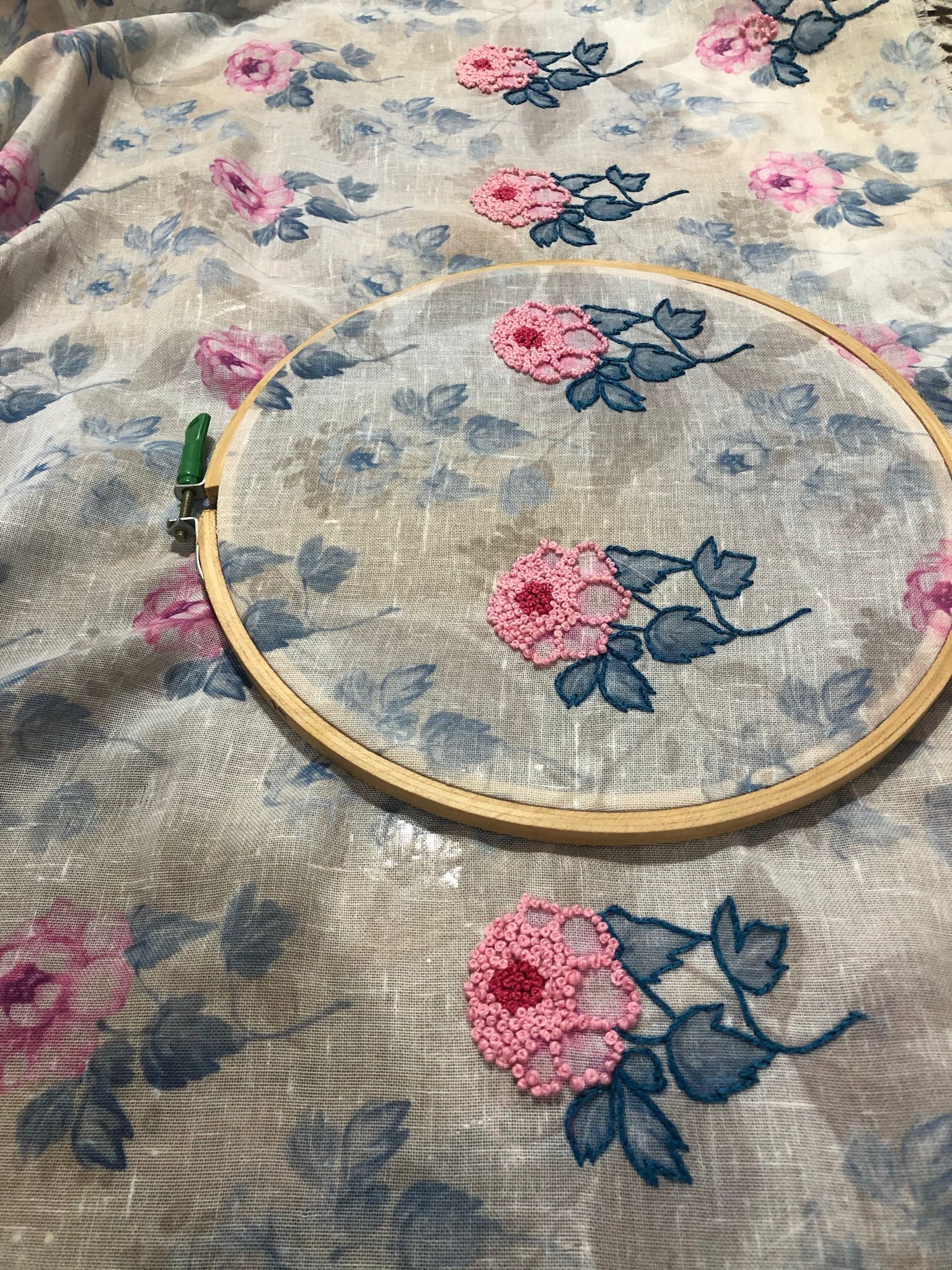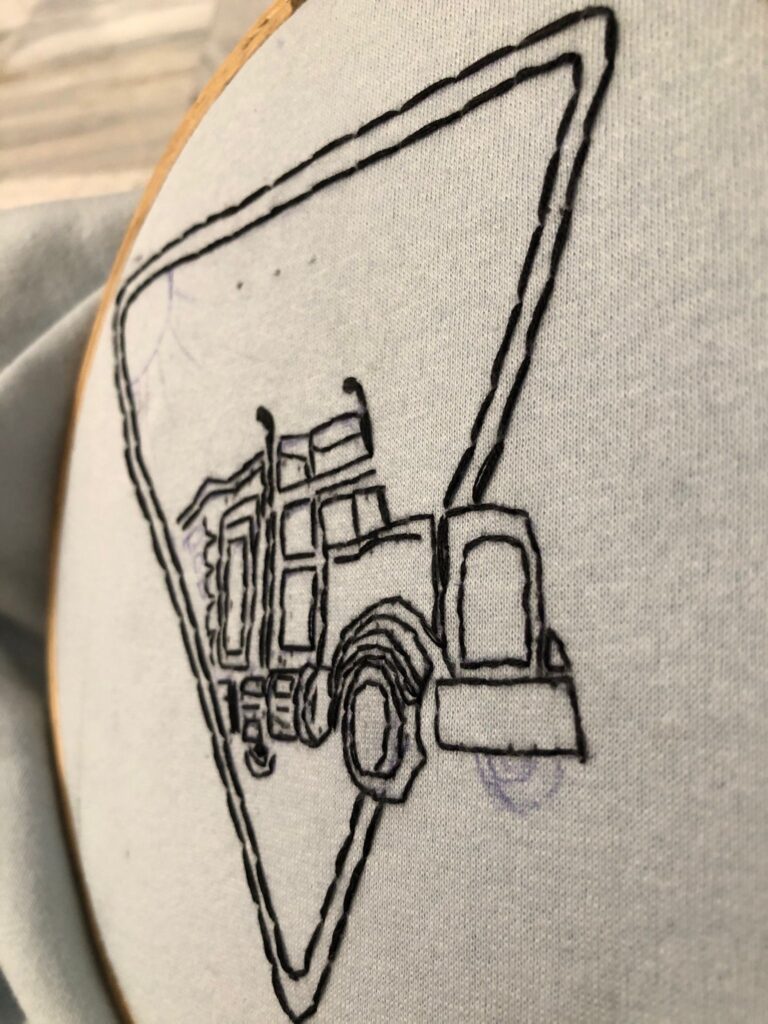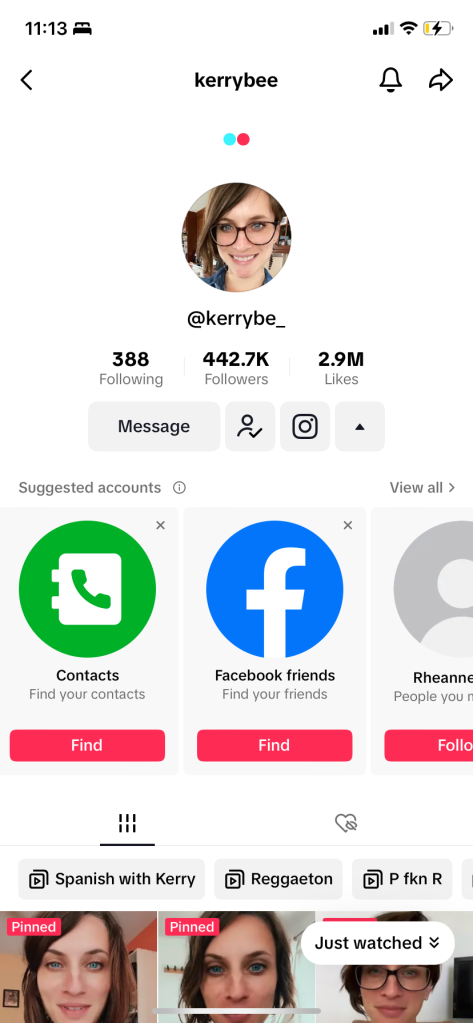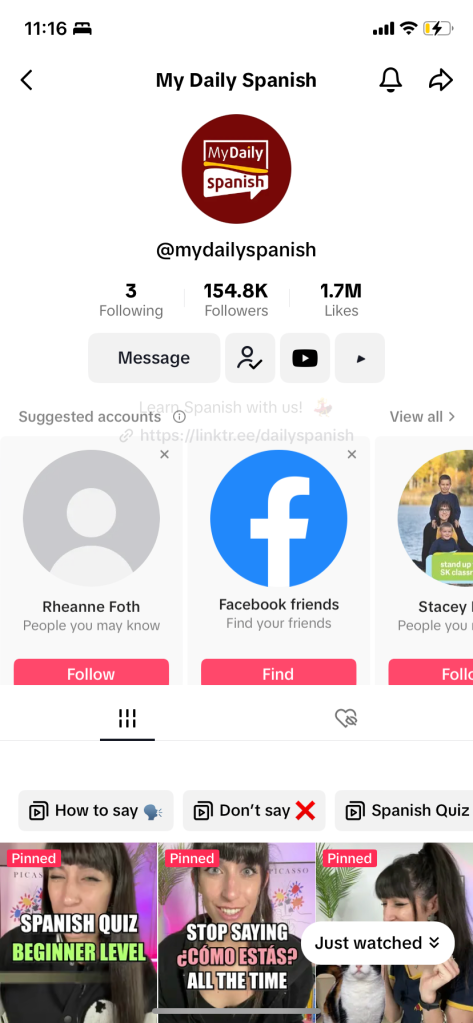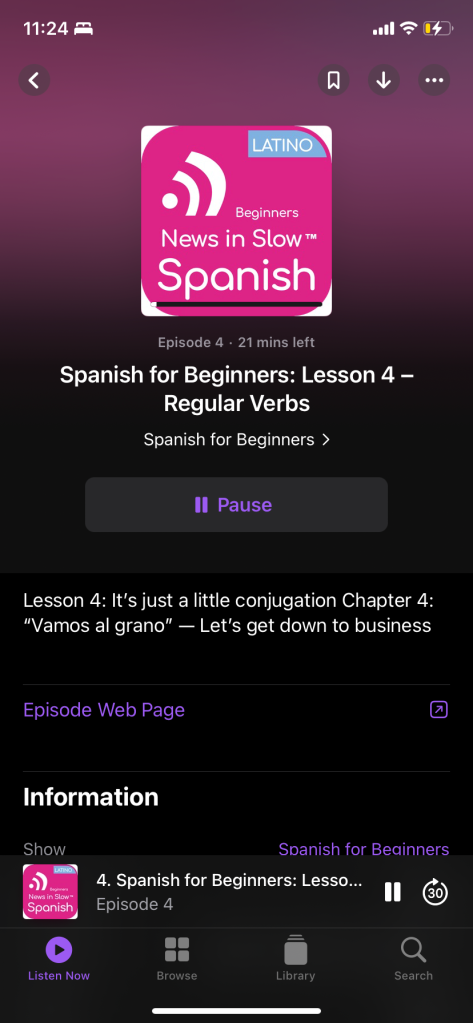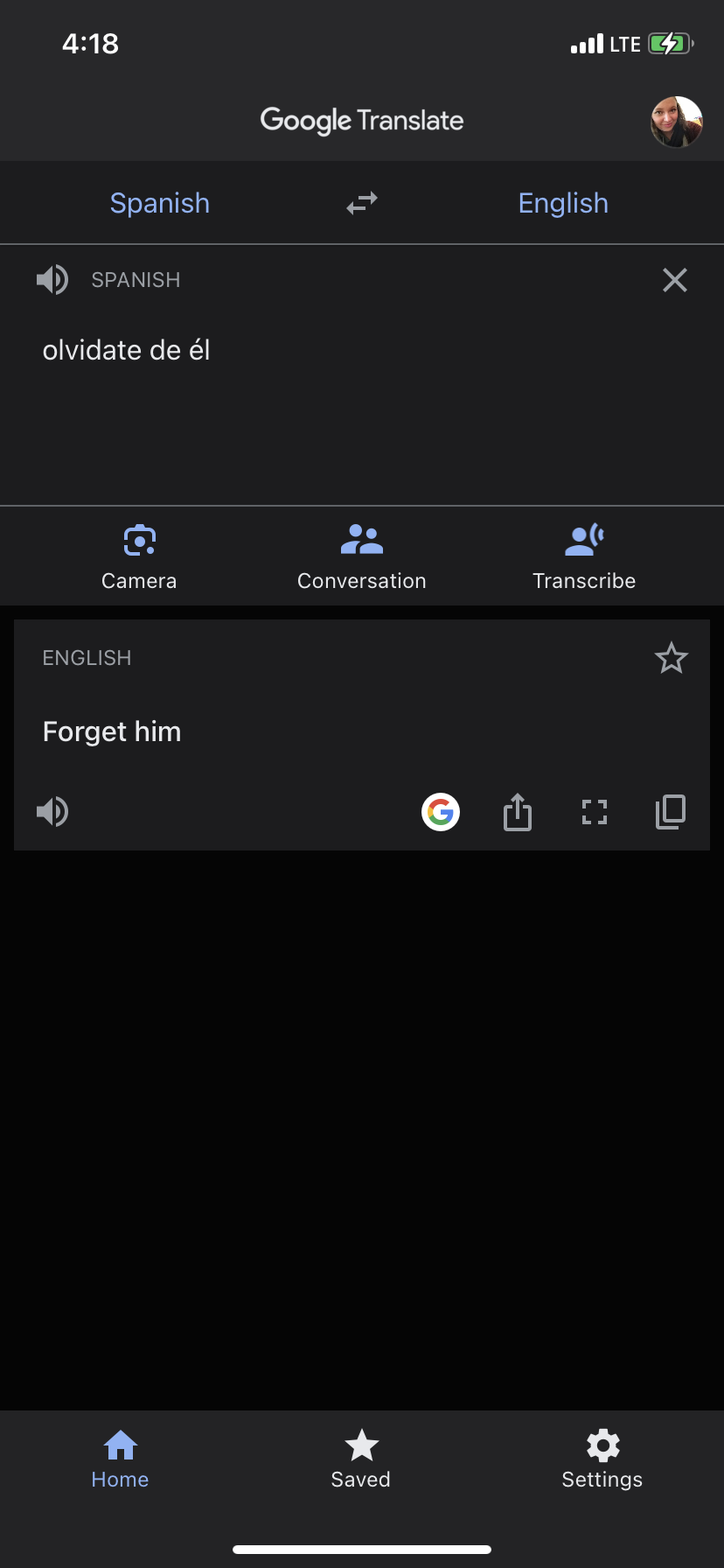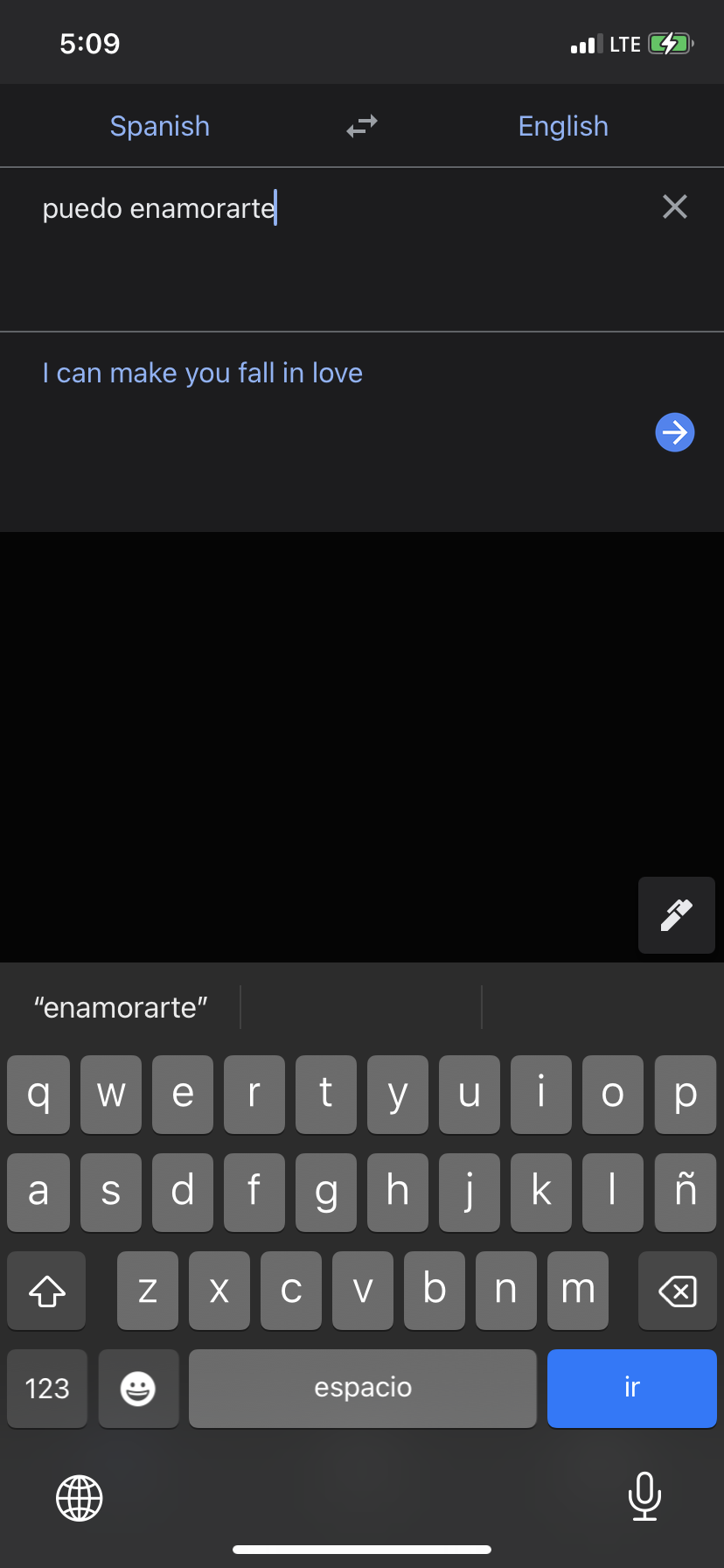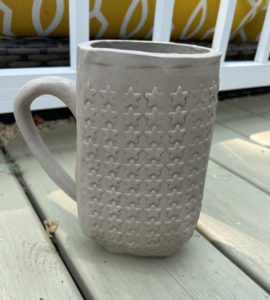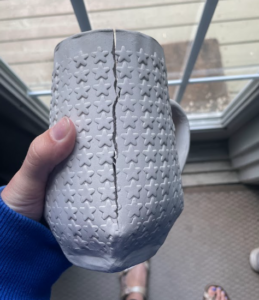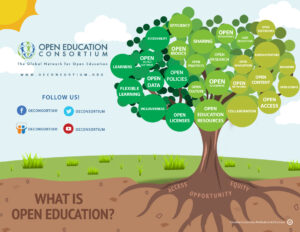This week in class, we discussed the concept of ‘open education’. For most of us, this term was new and unknown. Although simplistic in nature, and is occurring in various ways online already, the idea of education being fully open and accessible to all is likely a distant future away. However, I truly feel that the idea of open education is the correct way forward and is the shift that education needs to move towards.
Let me start by describing what ‘open education’ means to me. What I took away from class and by watching the “Why Open Education Matters” video is that open education is the idea that knowledge and information is something that should be available to all people, regardless of geographical location, because it is intended to be there for the common good. Lack of funding or resources, and outdated knowledge or training, is often what inhibits education from being optimized and open in the first place. Open education is the idea that qualitative knowledge should be available to both teachers and students everywhere, for free!
YouTube (or Google), arguably, can be viewed as the first online platform to make education open and accessible to everyone. Access to technology and an internet connection, of course, still needs to be accounted for. However, if these obstacles could be overcome, then the idea of global, open education could a realistic option. What if educators used YouTube or a similar platform to upload videos that they have made for any grade level, subject, and outcome in the SK curriculum? This could become an incredible open sharing network that all educators (and perhaps students) could access to share and find resources so that they don’t have to start from scratch with every outcome or topic that they are expected to cover.
How great would it be if teachers and students could access textbooks or resources that they use on a daily basis from the comfort of their home? Or anywhere in the world, as long as they have access to a computer/smartphone and an internet connection. This is the inhibitor, really, since the availability of technology and access to internet isn’t accessible to everyone. We tend to think of other countries being limited in terms of their resources, but the lack of things such as computers and laptops is widespread in the communities we work and teach in every day.
One of the limiting factors of open education is that people are greedy, and sometimes rightfully so. Good knowledge should be of value and those that work hard to create reliable and accurate information should be compensated for their efforts. However, where does the money-making end and the access to information begin so that everyone can benefit from this open sharing? Is the ability to share and receive knowledge enough of a reward for those that have valuable knowledge worth sharing in the first place? Where does the financial gain end, and where does the complete openness begin, so that everyone (and not just some) can reap the reward of lifelong learning? Having a government that invested in and valued public education, rather than decreasing and cutting funding year after year, would be a great place to start.

Computer and tablet

